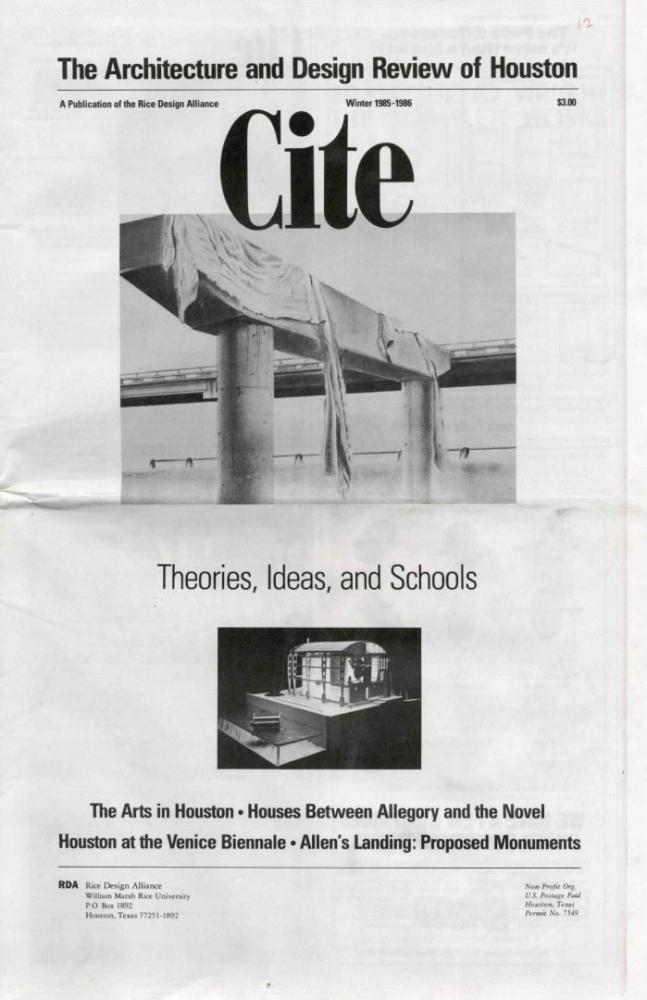Table of Contents
Contributors
V. Nia Dorian-Bechnel; Stephen Fox; John Heile; Mark Hewitt; John Kaliski; Ben Nicholson; Laura Nicholson; Jan O'Brien; Jeffrey Kari Ochsner; Malcolm Quamrill; Paul Schieffer; William Taylor; Drexel Turner; Bruce C. Webb; and Peter Wood.


